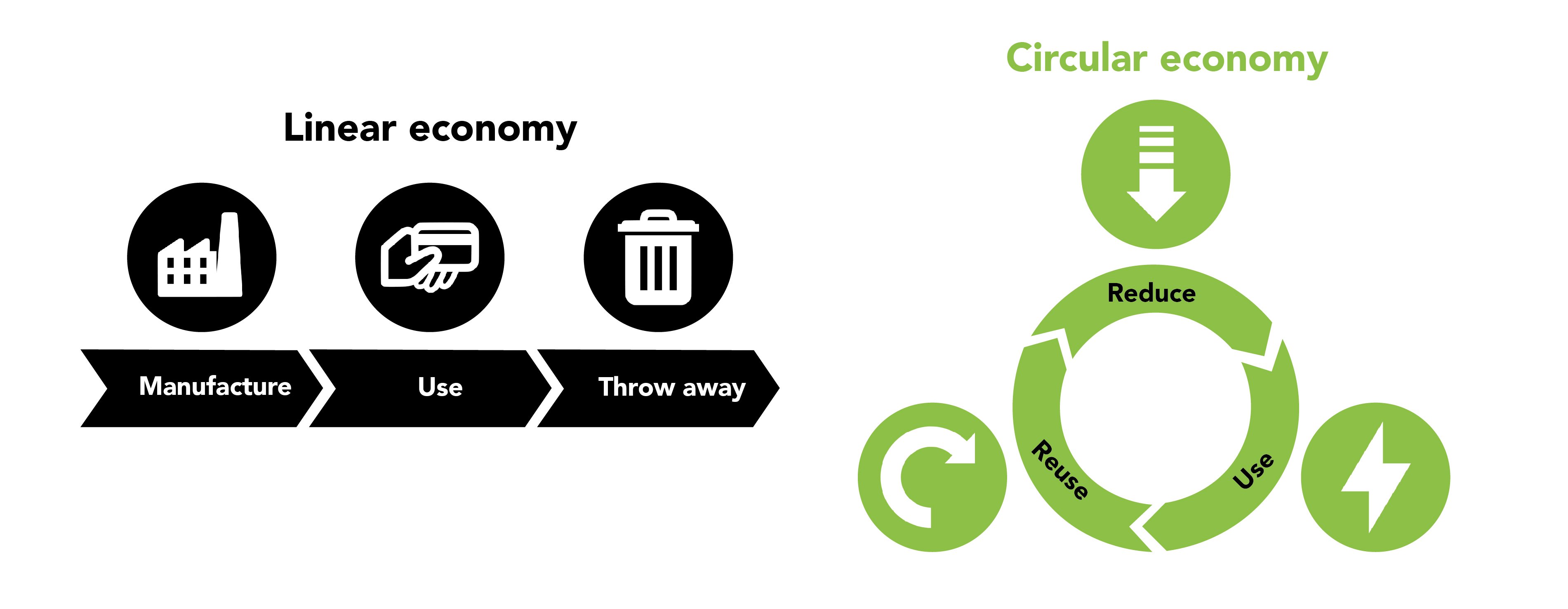At Ramco, we’ve been powering the circular economy since 1996. It’s good for the planet and it’s good for business.
Working with government departments, emergency services and organisations from a spectrum of sectors, we extend the lifecycle of assets, reducing waste and playing our part in tackling global challenges like climate change. Along the way, we also help companies make money from their unwanted goods and create a more ethical marketplace for buyers.
At a time when we’re facing really serious environmental issues, switching to a circular economy could reduce global greenhouse gas emissions by 39% but currently worldwide we’re only 9.1% circular. We’re on a mission to complete the circle by asking more businesses to join us by assessing their assets.
Extending the lifecycle of a product cuts Co2 emissions
Cutting carbon emissions and reducing the amount of fossil fuels we burn means a cleaner planet, now and in the future. When it comes to the lifecycle of a product, traditionally there are three stages:
- Manufacture
- Use
- End of life
This is linear and wasteful. Emissions are at their highest at the manufacturing stage, when raw materials are taken from the earth and used to create new products – processes that often involve burning fossil fuels.
The circular economy promotes reusing wherever possible and safe (we know sometimes it just isn’t an option). Extending a product’s lifespan where you can, minimises the need to create new ones, greatly reducing the damaging carbon emissions produced during manufacture. It also helps to cut waste, by giving new life to things that would otherwise be thrown away.

So, what about recycling?
Recycling is a good last resort, but reducing through reuse is far better
Recycling begins at the end, when we’re throwing stuff away. It turns something back into a raw material so it can be used again, normally as a new product. However, all these processes use energy, creating emissions.
Recycling can be really inefficient too. Dismantling a large asset down into the bits that can and can’t be recycled is time-consuming and not always possible, so there’s plenty that still ends up in landfill.
Recycling is a good last resort but isn’t enough to turn the tide against the sheer amount of waste we produce. The circular economy goes right back to the beginning, preventing waste and pollution from being created in the first place.
Assess your assets
Joining the circular economy couldn’t be easier, and it makes business sense too. In addition to knowing you’re doing the right thing at a time when it’s needed more than ever, selling your surplus assets means making a return on something you’d otherwise be throwing away, as well as freeing up valuable space.
And the sooner you do it, the more resale value your surplus goods retain. We take anything from a teaspoon to a dockside crane, so assess your assets now and let us know how we can help you join the evolution.